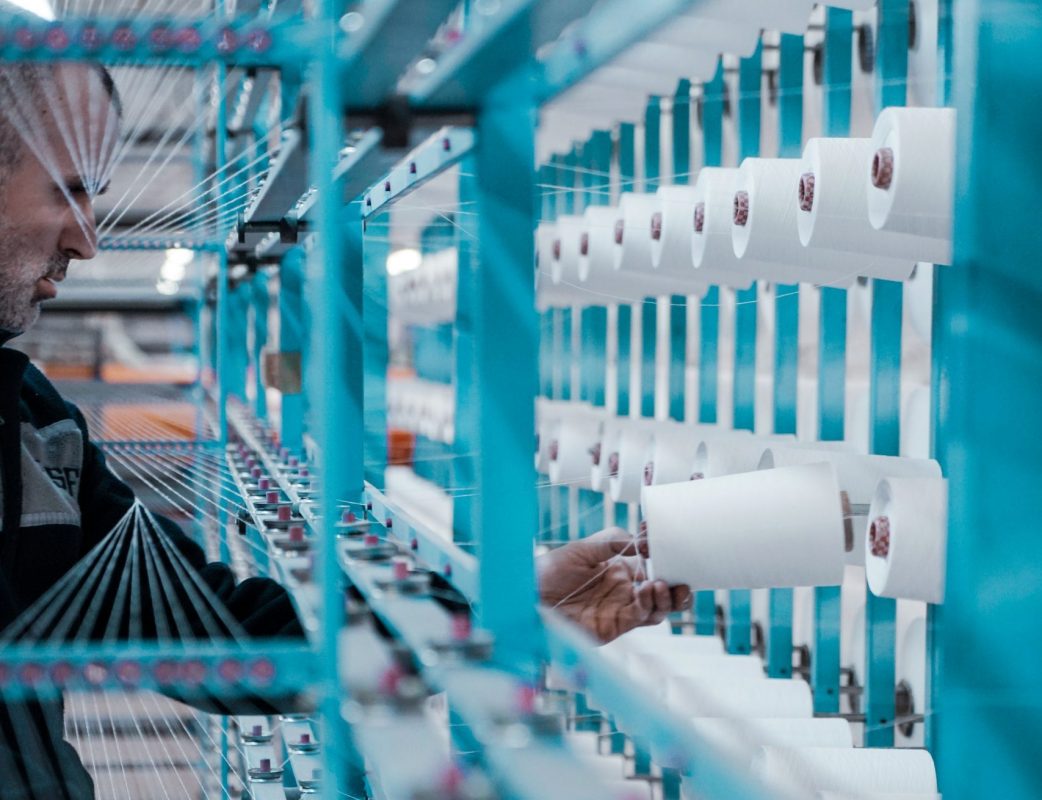There are a number of different thermoplastic resins that are used to make sheet for medical applications. These resins include Polyphenylsulfone (PPSU), Polysulfone (PSU), Polyetheretheketone (PEEK), and Polyaryletherketone (PAEK), as well as many others. The cost of these resins is often ten or twenty times higher than Polycarbonate resin. One of the reasons that these resins are selected is their ability to withstand some many different sterilization techniques. Sterilization is used in the medical market to destroy living organisms such as bacteria.
The main sterilization techniques include electron beam or gamma radiation, Steam Autoclaving, Ethylene Oxide (ETO) and Vaporized Hydrogen Peroxide (VHP).
Some resins such as PPSU and PSU are able to withstand most if not all of the sterilization techniques. However, due to the very high resin cost, this high performance often translates to high prices. Highline is able to offer both PPSU and PSU sheets. But, the aim of this blog post is to look at other options. Sometimes there are more economic alternatives if the finished part only needs to withstand a known sterilization technique. To do this analysis, we will look at each sterilization technique in turn.
Electron beam or Gamma Radiation
Standard Polycarbonate does not perform well under repeated radiation sterilization. It tends to loose mechanical properties and yellow. However, there are some grades of polycarbonate that are designed to resist radiation and reduce the negative effects. These grades do not have the same level of resistance as PPSU and PSU. But they could be an alternative where the product only requires a limited number of sterilization cycles during its life.
Another alternative is Transparent Polyamide. This material, even though it is more expensive than polycarbonate, is significantly cheaper than PPSU. Transparent Polyamide has excellent resistance to radiation an would be an ideal choice of material. HighLine does not currently produce or stock polyamide sheet. However we have previously produced the material and have the production capabilities to make it. If a customer had a large enough application, we could consider custom production in partnership with the customer.
Steam autoclaving
Standard Polycarbonate is not suited to steam autoclaving. However, there are high temperature grades of polycarbonate available for superheated steam sterilization. These grades have typically been produced for the injection molded part market rather than the extruded sheet market. If a customer had a significant volume requirement, HighLine could investigate producing high temperature polycarbonate.
Ethylene Oxide
Polycarbonate has a fair degree of resistance to ETO. However it is certainly not at the level of PPSU and PSU. If the final product only needs to undergo a limited number of sterilization cycles, polycarbonate may be an option. In this case we would recommend full testing to verify suitability. For repeated ETO sterilization cycles, transparent Polyamide sheet is an excellent lower cost alternative. Again HighLine has proved that it has the capability to produce polyamide sheet. But it would need to partner with a customer with a significant demand to make it economically viable.
Vaporized Hydrogen Peroxide
Polycarbonate has excellent resistance to vaporized hydrogen peroxide. If no other sterilization technique is to be used, there would be no need to consider higher priced materials.
To summarize, if only one or two sterilization techniques are to be used, significant cost savings can often be achieved. Alternative lower cost resins can be used instead than some of the high end thermoplastics such as PPSU and PSU. Selecting an alternative resin can firstly reduce cost. Secondly it can offer some of the advantages of Polycarbonate or Polyamide. These include transparency, clarity and strength. If you have a significant need for material to withstand sterilization, contact us to discuss the options.
As a final thought, it could also be possible to add anti-microbial additives to the polycarbonate or polyamide sheet. This would further improve their use in the medical market.

